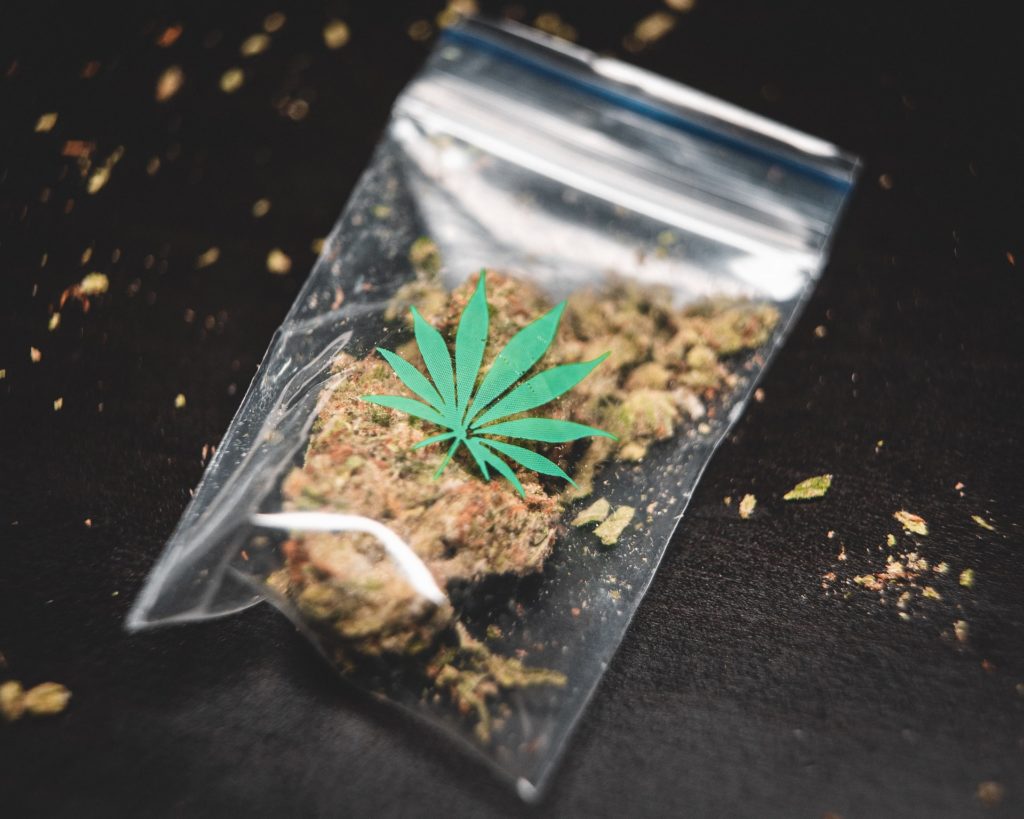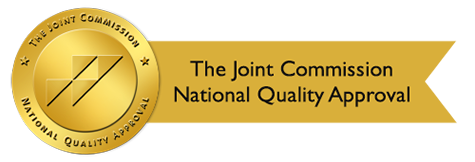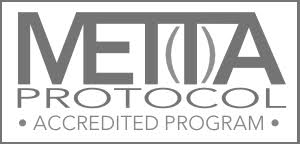According to the United Nations, around 271 million people globally, aged 15-64, used drugs in 2016. In the US, over 21 million Americans have an addiction to at least one drug. Drug abuse that leads to drug addiction affects thousands of Americans daily, causing harm to their marriages, friendships, careers, health, and even safety.
It is now common to administer drug tests to determine if an individual is under the influence of drugs or has taken drugs recently. This is done to minimize drug abuse and drug-related crimes and incidents. Police and health care workers may conduct drug tests to determine if a person is a danger to themselves or others.
Drug screenings can also gauge how long a substance stays in someone’s body. Since the duration of the effects of a substance differs depending on the drug, it is important to know how long the drug stays in an individual’s system even after its effects have worn off. Multiple factors contribute to how long the drug remains in the body, and different drug tests are conducted to determine this.
Why Are Drug Tests Needed?
There are many reasons people might conduct these tests. Drug screening is common in sports competitions to first check if athletes used steroids or any performance-enhancing drugs before they are allowed to compete.
Recently, some of America’s public schools have invested in drug testing programs to minimize the possibility of substance abuse and drug-related crime among the students.
Drug testing is also implemented in the workforce, in legal cases, in hospitals, and more. Some of the most common circumstances for performing drug tests are:
- To screen future and current employees
- To test people who are in suspicion of intoxication
- To ensure the sobriety of drivers involved in an accident
- To test individuals on probation
- To examine patients who are showing signs of confusion, weakness, disorientation, or are unconscious
Types of Drug Tests
Multiple types of drug tests are used depending on a specific preferred outcome. Different methods of drug testing vary in terms of cost, accuracy, and method of implementation.
Some drug tests can only detect drug use within the past few days, while other drug tests can detect drug use, even if it’s done after more than a month.
The most commonly administered drug tests include:
- Urine test (to detect any released waste products of a drug)
- Hair test (to check for repetitive drug use)
- Blood test (to analyze the level of specific intoxicants)
- Saliva test (to detect drugs taken orally)
Accuracy and Detection Time Frame
Drug testing itself is not 100 percent accurate. There are a lot of aspects contributing to the results of a test such as the substance being tested for, the different medications in a person’s system, the test administered, or the time since last use.
During a screening, the possibility of a positive result that is false is 10 percent, while the possibility of a negative result that is false is 15 percent. Drug testing is most accurate when conducted within a specific period called the “detection window,” which varies from one substance to another.
Specific bodily excretions test more accurately than others, but drug screening accuracy can be determined by:
- Technology used to conduct the test
- Chemical structure of the drug
- Skills and preparedness level of the testing establishment
- Methods used to process the samples
Testing the lifespan of a drug in an individual’s body also varies. The time before a drug is completely flushed out of a person’s system depends largely on factors like:
- Gender
- Ethnicity
- Weight
- Body mass
- Drug tolerance
- Frequency of use
- Substance used
- Medical conditions
- Physical activity
- Hydration level
- Rate of metabolism
- Other drugs and alcohol in the bloodstream
Detecting Stimulant Drugs
Stimulants (also called “uppers”) are prescribed to treat attention-deficit hyperactivity disorder (ADHD) and narcolepsy. However, people sometimes abuse these kinds of drugs because they get addicted to the effects on their energy levels.
People also misuse prescribed medication or use illicit drugs like cocaine or methamphetamine (meth) to feel “high”. Different substances have different lifespans in a person’s body. The timeframe for detection depends on the drug test conducted.
Ecstasy
- Urine test- up to 4 days since last use
- Hair test- up to 90 days since last use
- Blood test- up to 2 days since last use
- Saliva test- up to 2 days since last use
Cocaine
- Urine test- up to 3 days since last use
- Hair test- up to 90 days since last use
- Blood test- up to 24 hours since last use
- Saliva test- up to 2 days since last use
Methamphetamine
- Urine test- up to 1 week since last use
- Hair test- up to 90 days since last use
- Blood test- up to 3 days since last use
- Saliva test- up to 4 days since last use
Adderall
- Urine test- up to 3 days since last use
- Hair test- up to 90 days since last use
- Blood test- up to 46 hours since last use
- Saliva test- up to 50 hours since last use
Vyvanse
- Urine test- up to 4 days since last use
- Hair test- up to 90 days since last use
- Blood test- up to 8 hours since last use
- Saliva test- up to 48 hours since last use
Ritalin
- Urine test- up to 2 days since last use
- Hair test- up to 90 days since last use
- Blood test- up to 12 hours since last use
- Saliva test- up to 2 days since last use
Detecting Marijuana
Marijuana is the most commonly used illicit drug in America. Although several states have legalized it for recreational and medical purposes, it’s still deemed unsafe because it can be addictive.
Around 30-40 million Americans smoke marijuana every year. Drug screening for marijuana is conducted to detect the chemical tetrahydrocannabinol (THC) that makes people “high.” Detection of the substance in a person’s body can vary depending on which drug test is used.
Marijuana
- Urine test- up to 30 days since last use
- Hair test- up to 90 days since last use
- Blood test- up to 4 hours since last use
- Saliva test- up to 72 hours since last use
Detecting Opioid Drugs
Opioid drugs include fentanyl, heroin, and pain relievers like oxycodone, hydrocodone, codeine, and morphine. They’re usually used to minimize pain and can be present in medical anesthesias. Misuse of opioid drugs is prevalent and affects over 2 million Americans each year.
The period for identifying the drug in a person’s body depends on the specific substance used, the frequency and quantity of use, metabolism, and body fat.
Morphine
- Urine test- up to 3 days since last use
- Hair test- up to 90 days since last use
- Blood test- up to 3 days since last use
- Saliva test- up to 3 days since last use
Codeine
- Urine test- up to 3 days since last use
- Hair test- up to 90 days since last use
- Blood test- up to 24 hours since last use
- Saliva test- up to 4 days since last use
Fentanyl
- Urine test- up to 3 days since last use
- Hair test- up to 90 days since last use
- Blood test- up to 2 days since last use
Heroin
- Urine test- up to 3 days since last use
- Hair test- up to 90 days since last use
- Blood test- up to 6 hours since last use
- Saliva test- up to 1 hour since last use
Hydrocodone
- Urine test- up to 4 days since last use
- Hair test- up to 90 days since last use
- Blood test- up to 24 hours since last use
- Saliva test- up to 36 hours since last use
Methadone
- Urine test- up to 12 days since last use
- Hair test- up to 90 days since last use
- Blood test- up to 24 hours since last use
- Saliva test- up to 10 days since last use
Oxycodone
- Urine test- up to 4 days since last use
- Hair test- up to 90 days since last use
- Blood test- up to 24 hours since last use
- Saliva test- up to 4 days since last use
Propoxyphene
- Urine test- up to 10 days since last use
- Hair test up to 90 days since last use
Tramadol
- Urine test- up to 72 hours since last use
- Hair test- up to 90 days since last use
- Blood test- up to 48 hours since last use
- Saliva test- up to 48 hours since last use
Detecting Benzodiazepine Drugs
Benzodiazepines are a type of medication used as tranquilizers. They are sedatives commonly prescribed for people who suffer from anxiety and insomnia. Many people in the United States routinely use Valium and Xanax .
These types of drugs usually stay in an individual’s body for 2 to 7 days. The urine test is the usual drug screening method used to detect benzodiazepine drugs.
Ativan
- Urine test- up to 6 days since last use
- Hair test- up to 30 days since last use
- Blood test- up to 3 days since last use
- Saliva test- up to 8 hours since last use
Librium
- Urine test- up to 6 weeks since last use
- Hair test- up to 90 days since last use
- Blood test- up to 48 hours since last use
- Saliva test- up to 10 days since last use
Valium
- Urine test- up to 6 weeks since last use
- Hair test- up to 90 days since last use
- Blood test- up to 2 days since last use
- Saliva test- up to 10 days since last use
Restoril
- Urine test- up to 6 weeks since last use
- Hair test- up to 90 days since last use
- Blood test- up to 24 hours since last use
- Saliva test- up to 24 hours since last use
Xanax
- Urine test- up to 4 days since last use
- Hair test- up to 90 days since last use
- Blood test- up to 24 hours since last use
- Saliva test- up to 2 days since last use
Detecting Hallucinogens
Hallucinogens are a type of drug that causes hallucinations. We categorize them into two groups: dissociative drugs like PCP, and classic hallucinogens like LSD. Most of these drugs will be out of a person’s systems after a few days, but similar to other drugs, we can find them in hair follicles up to 90 days after use.
Ketamine
- Urine test- up to 11 days since last use
- Hair test- up to 90 days since last use
- Blood test up to 4 days since last use
LSD (Acid)
- Urine test- up to 4 days since last use
- Hair test- up to 90 days since last use
- Blood test- up to 12 hours since last use
Mescaline
- Urine test- up to 3 days since last use
- Hair test- up to 90 days since last use
- Blood test- up to 24 hours since last use
- Saliva test- up to 10 days since last use
PCP
- Urine test- up to 4 weeks since last use
- Hair test- up to 90 days since last use
- Blood test- up to 24 hours since last use
- Saliva test- up to 10 days since last use
Psilocybin
- Urine test- up to 24 hours since last use
- Hair test- up to 90 days since last use
- Blood test- up to 24 hours since last use
Detecting Barbiturate Drugs
Barbiturates are sedative-hypnotics used to treat insomnia, seizures, and headaches. These types of drugs are used to relax the muscles. The number of people that abuse this drug is constantly rising.
Factors like the amount of intake of the drug, the person’s body weight, hydration levels, metabolism, and gender affect the detection of this drug during a drug test.
Barbiturates
- Urine test- up to 6 weeks since last use
- Hair test- up to 30 days since last use
- Blood test- up to 72 hours since last use
- Saliva test- up to 3 days since last use
Summary
There are several ways to test for all types of drug use, depending on the type of drug and the recency of drug use.
If you know someone who may be having difficulty with drug abuse, testing might need to occur. Then, you can proceed to conversations about detox or treatment. Stopping drug abuse will be a long and hard process, but if someone you know is suffering from drug abuse, the first step is an intervention and letting them realize that they are not alone in fighting this problem.
Treatment doesn’t happen overnight. Luckily, there are treatment centers like Roots Through Recovery that can partner with you. To learn more you can visit our drug addiction blog to learn more for yourself or for a loved one.
Disclaimer: This post serves a strictly educational use. It does not necessarily reflect the services, products, or therapeutic approaches of this establishment or its healthcare practitioners. The purpose of this blog is not to advertise the products, services, or therapeutic approaches of any other establishment that may be associated with this site. On the subject of safe or legal services, products, and appropriate therapies, recommendations ought to be given by a qualified professional on a case to case basis.



